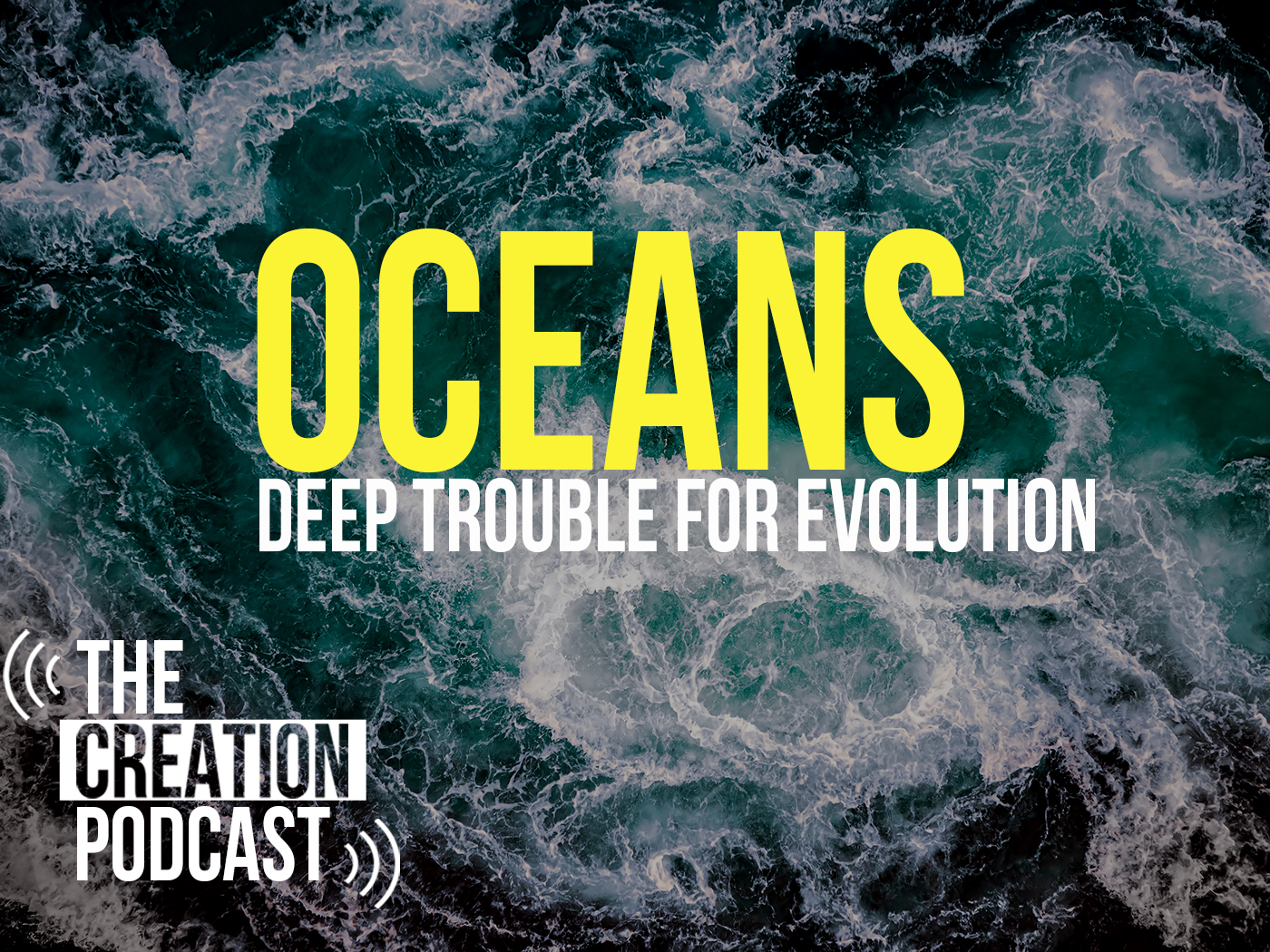Specifically, President Trump began this summer with an executive action titled “Memorandum on Protecting the United States Lobster Industry,” officially addressed to the Secretary of Agriculture, Secretary of Commerce, and the U.S. Trade Representative.3
Most of the executive action concerns international trade between China and America, including negotiated terms and conditions involving reciprocal tariffs and non-tariff trade barriers.3
However, one part of the memorandum specifically summarized the importance of Maine lobsters to America’s seafood industry.
The lobster industry is a crown jewel of America’s seafood industry. From 2015 to 2018, American lobster was the most valuable single seafood species harvested in the United States, with Maine accounting for approximately 80 percent of that value each year.3
How is it that lobsters excel in America’s seafood industry to be recognized as a “crown jewel in America’s seafood industry”? How is their value measured when harvested? The commercial value of a boat’s “haul” (harvest) is its “landing” value—what the catch sells for when it is delivered to shore and sold.4
The average per-pound price in 2019 was a whopping $4.82, the highest since Maine began tracking lobster hauls back in 1880. … Maine fishermen hauled 100.7 million pounds of lobster in 2019, according to figures released Friday by the state Department of Marine Resources at the Maine Fishermen’s Forum. That was the smallest catch since 2010, but it was the ninth year in a row that Maine broke the 100-million-pound mark. …
Lobster drove the value of Maine’s overall commercial marine landings to $673.9 million in 2019, a $26 million increase over 2018 and the second highest valued landings of all time. Lobster has been the most valuable marine fishery in the U.S. since 2015, according to National Marine Fisheries Service.4
Lobster drove the value of Maine’s overall commercial marine landings to $673.9 million in 2019, a $26 million increase over 2018 and the second highest valued landings of all time. Lobster has been the most valuable marine fishery in the U.S. since 2015, according to National Marine Fisheries Service.4
Although, commercially speaking, lobster is “king” in Maine, don’t think that other seafood isn’t also big business there.
But in Maine, it’s not all about lobster. With landings valued at $20.1 million, the state’s second most valuable fishery in 2019 was elvers [juvenile eels]. Fetching more than $2,000 per pound, the young eels were by far the most valuable catch on a per-pound basis, according to state figures. Soft-shell clammers fared better in 2019 than the year before, landing 623,000 more pounds than in 2018 and netting a 30 % higher price, jumping from $1.80 per pound in 2018 to $2.34 per pound in 2018. This made soft-shell clams Maine’s third most valuable species. The fourth most valuable species was oysters, which netted $7.6 million for 3.2 million pounds, followed by blood worms, a bait used to fish for striped bass that was valued at $6.3 million, and sea urchins, worth about $5.8 million in 2019, according to [Maine government-published] data.4
Meanwhile, the lobster’s true mettle is much more than its commercial value. The lobster demonstrates God’s bioengineering genius in many ways.5
Besides lobster shell replacement via moulting and ecdysis,2 consider the wonder of lobster eyesight.
The classic and unique arthropod compound eye works effectively, as anyone who has tried to catch a fly knows. Its many refractive lenses fit into round or hexagonal light-sensitive, tiny, tube-like units called ommatidia. … But some arthropods use completely different eyes … For example, lobster and shrimp ommaditia gather images from light reflected off each ommatidia’s perfectly proportioned square side walls.6
The square arrangement [of lobster eye ommaditia] is crucial, because only with the reflectors at right angles can it form an image from light rays from any direction. Also, only if the tubes are about twice as long as they are wide can they reflect most light rays off exactly two mirrors. Concentrating light from a relatively wide area is useful when it’s quite dark, but in bright light the lobster’s eye moves opaque pigment to block all light rays to the retina other than those parallel to the tubes. Not only does the lobster eye have all the earmarks of being designed by a master designer, it has also inspired human designers. Astronomers had wanted a telescope that could focus X-rays from certain heavenly bodies, but there was no practical lens that would focus X-rays. An ordinary concave mirror wouldn’t work, because X-rays would just go through—they reflect only at glancing angles. But Roger Angel of the University of Arizona pointed out that this problem ‘might be overcome by copying the design of crustacean eyes.’ The Lobster Eye, launched by a satellite, should enable astronomers ‘to observe a quarter of the sky at any one time.’7
The square arrangement [of lobster eye ommaditia] is crucial, because only with the reflectors at right angles can it form an image from light rays from any direction. Also, only if the tubes are about twice as long as they are wide can they reflect most light rays off exactly two mirrors. Concentrating light from a relatively wide area is useful when it’s quite dark, but in bright light the lobster’s eye moves opaque pigment to block all light rays to the retina other than those parallel to the tubes. Not only does the lobster eye have all the earmarks of being designed by a master designer, it has also inspired human designers. Astronomers had wanted a telescope that could focus X-rays from certain heavenly bodies, but there was no practical lens that would focus X-rays. An ordinary concave mirror wouldn’t work, because X-rays would just go through—they reflect only at glancing angles. But Roger Angel of the University of Arizona pointed out that this problem ‘might be overcome by copying the design of crustacean eyes.’ The Lobster Eye, launched by a satellite, should enable astronomers ‘to observe a quarter of the sky at any one time.’7
For another example, lobster navigation activities can be astonishing.
Several varieties of spiny lobsters exist throughout the world’s oceans, and they all have an ability to navigate. Experiments in 2003 concluded that they orient themselves by accessing an internal map of local magnetic anomalies, or tiny fluctuations in the earth’s magnetic field. … Lobsters already have vision, but if the waters become too murky, the creatures can still find their way around with their internal magnetic map. … This testifies to the genius of the Creator, who made every “creeping thing.”4 If years of effort, planning, and foresight were required to make a rudimentary copy of a lobster’s miniaturized and complete magnetic navigation system, then how much greater is the engineering skill of God, who actualized His plan in a brief moment when “He spake…and it stood fast”?8
Obviously, God designed and constructed these lobsters to “fill” muddy seafloor habitats where magnetic navigation abilities compensate for situations when lobster eyesight is hampered by underwater turbidity.
So much more could be said about how God made lobster bodies and behaviors, showing how they illustrate what the psalmist referred to in Psalm 104:24, “the works of the LORD … His wonders in the deep.”1,2,5
Meanwhile, lobsters are valuable to America’s seafood industry—a “crown jewel” (to quote President Trump). So they are worth protecting for that reason. However, they are even more valuable—especially to Christians—as doxological decapods of the deep.
Why? Because lobsters display God’s glory as the marvelous Creator He is, exhibiting His brilliant bioengineering and providential care—even for benthic crustaceans. Yes, even for humble “mud-bugs” of Maine.2,5-8
References
1. In the food industry, and popular culture, the iconic clawed lobsters are the American lobster (Homarus americanus) and European lobster (Homarus gammarus). The “other” category of commercially valuable lobster is the Norwegian lobster (Nephrops norvegicus, a.k.a “Dublin Bay prawn”), which is described as a lobster-like shrimp or a shrimp-like lobster. Unsurprisingly, based on taste experiments in Oban, Scotland, the Norwegian lobster is reported as tasting “like a blend of shrimp and lobster.” Johnson, J. J. S. 2019. Norwegian Wildlife, from Coastal Seawaters to Boreal Montane Forests: Illustrating Psalm 104 with Norwegian lobsters [Nephrops norvegicus], Cod, Caribou, Ørns, Orcas, and More.” Nordic Legacy Series. Norwegian Society of Texas, Fort Worth, Texas, March 24, 2019.
2. For the big-picture regarding lobster life, see Corson, T. 2005. The Secret Life of Lobsters: How Fishermen and Scientists Are Unraveling the Mysteries of Our Favorite Crustacean. New York: Harper Perennial, 62-63. Regarding the precarious yet providential process of moulting and ecdysis, see Johnson, J. J. S. 2018. Lobsters Get Comfortable in Their New Skin. Acts & Facts. 47(9). See also Ayali, A. 2009. The Role of the Arthropod Stomatogastric Nervous System in Moulting Behaviour and Ecdysis. Journal of Experimental Biology. 212: 453-459. Regarding their marine (continental shelf) biome habitat, see Johnson, J. J. S. 1995. Creationist Ecology: From Tundra to Rainforest. Dallas, TX: NWQD Press / Dallas Christian College, 188-192, especially footnotes 650 and 651 on page 188.
3. President of the United States of America. 2020. Memorandum on Protecting the U.S. Lobster Industry. The White House. Posted on whitehouse.gov June 24, 2020, accessed June 30, 2020. The executive action recites and implements a combination of laws, including 19 U.S.C. § 2411, 19 U.S.C. § 1332(g), with § 5-301 of Executive Order 12661, 12-27-AD1988 (Implementing the Omnibus Trade and Competitiveness Act of 1988, etc.)—as well as the Economic and Trade Agreement between the USA and China (a.k.a “Phase One Agreement”).
4. Overton, P. 2020. Though Maine’s Lobster Harvest was Smallest in 9 Years, Value Remained Steady. Press Herald. Posted on pressherald.com March 6, 2020, accessed June 30, 3030. National Marine Fisheries Service is part of the National Oceanic & Atmospheric Administration (NOAA), which in turn is part of the U.S. Department of Commerce.
5. Psalm 104:25. Showcasing Christ’s glory as Creator, as well as refuting evolutionary notions, are 2 of the 4 major benefits of Biblical creation apologetics. See Johnson, J. J. S. 2017. Polar Bears, Fitted to Fill and Flourish. Acts & Facts. 46(8): 21.
6. Thomas, B. 2013. Amazing Animal Eyes. Acts & Facts. 42(9): 16.
7. Sarfati, J. 2001. Lobster Eyes—Brilliant Geometric Design. Creation. 23(3): 12-13.
8. Thomas, B. 2009. Robot Navigation Copies Spiny Lobsters. Creation Science Update. Posted on ICR.org September 11, 2009, accessed June 30, 2020. Regarding the benthic habitat and lifestyle activities of lobsters, see Amos, S. A. 1990. Familiar Seashore Creatures. New York, NY: Alfred A. Knopf, pages 116-121. See also Cerullo, M. M. 1994. Lobsters, Gangsters of the Sea. New York, NY: Cobblehill Books, pages 9-14.
*Dr. Johnson is Associate Professor of Apologetics and Chief Academic Officer at the Institute for Creation Research.










































